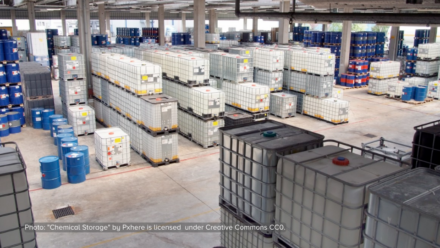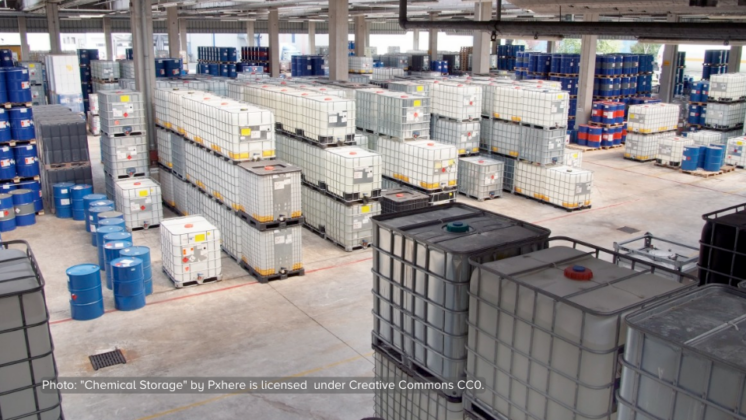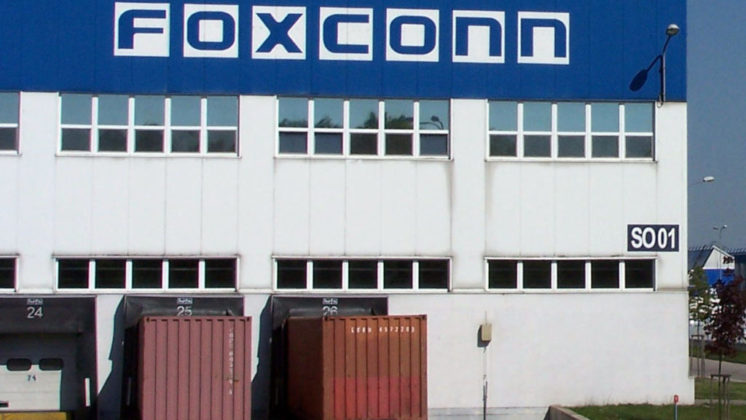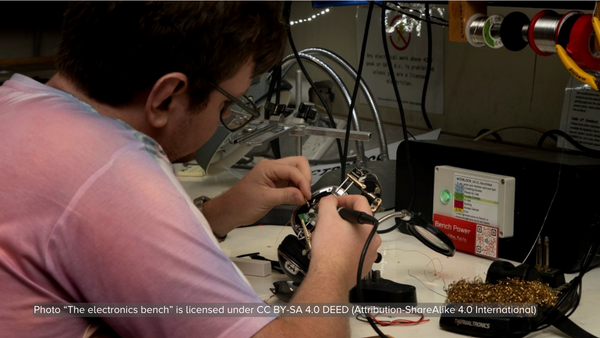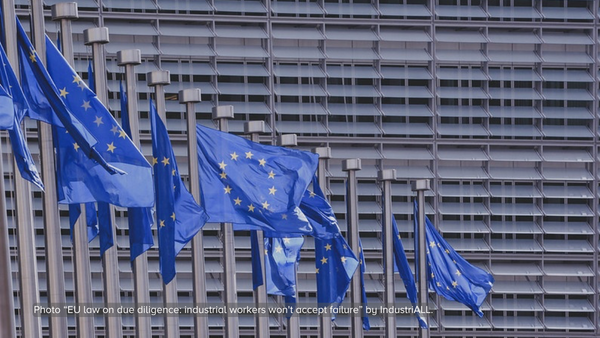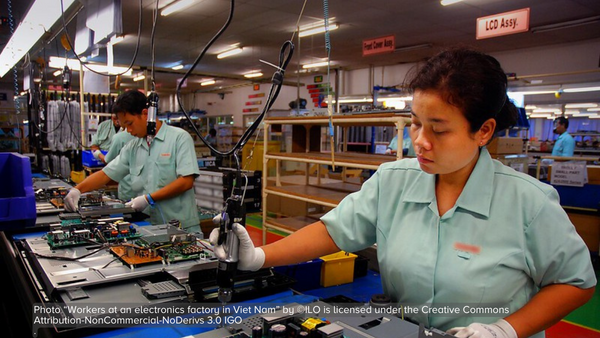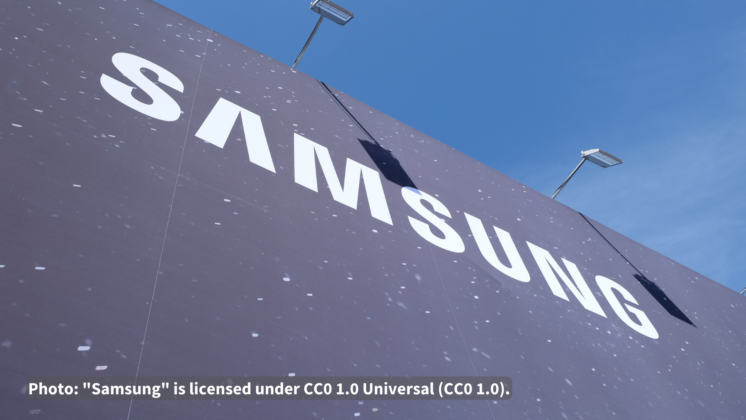In the electronics sector, direct labour costs generally represent only 2% of the factory selling price. This article, written by former Philips-consultant Antony Harris, explains how an electronic product that is priced $100 when it leaves the factory has a $500 retail price. This, while the workers making the product work for low wages and often work in substandard health and safety conditions.

In the electronics sector, direct labour costs generally represent only 2% of the factory selling price. This article, written by former Philips-consultant Anthony Harris, explains how an electronic product that is priced $100 when it leaves the factory has a $500 retail price. This, while the workers making the product work for low wages and often work in substandard health and safety conditions.
To improve working conditions in the electronics sector, the financial relationships between Electronic Manufacturing Services (EMS) - such as Flextronics, Foxconn and Jabil - and brand names companies of consumer electronics - such as Apple, HP, Lenovo, Dell, Acer, Asus, LG - need to be understood.
As of now, corporate efforts to improve workers’ conditions are flawed social audits and ad hoc responses to tragic event, and have fallen short of what is needed.
Author of the article Tony Harris says whether we like it or not, costs, speed and flexibility are the factors businesses base their primary decisions on. Quality, sustainability and social responsibility are secondary or tertiary ‘add-on’s in the primary nature of business decision makers.
In this article, Harris shows where the economic tension between EMS providers and the brands comes from and how these billion dollar tensions play out on the backs of impoverished workers who are willing to give up their night’s sleep for a few dollars more for basic cost coverage as well as remittance to feed their families.
Harris’ article shows it is all about margins, looking into the standard mark-up on the factory price, the technique of Purchase Price Variance (PVV) and the Profit Life Cycle of fast moving consumer electronics.
About the author
The author Anthony Harris worked from 1979–1993 for Philips Electronics as Senior consultant Video product safety and liability and Divisional Quality Manager for: Video recording, Passive components and medical systems. In 1993, he started his own consultancy/interim management company working with customers including Philips Plastics, Philips Consumer Electronics, Elcoteq and Flextronics. In 2004, he was appointed for five years as Interim TQM Director for Flextronics
Mobile Phones, overseeing global mobile phone business activity in Malaysia, China, India, Brazil, Mexico and Hungary, with a focus on operational excellence and financial performance.
Read the full publication here.

